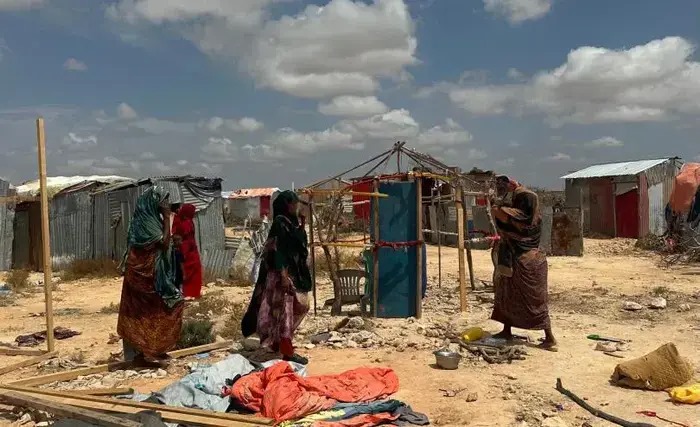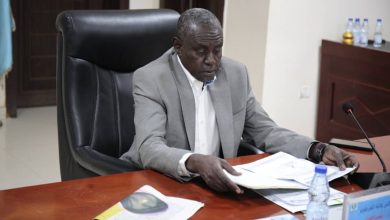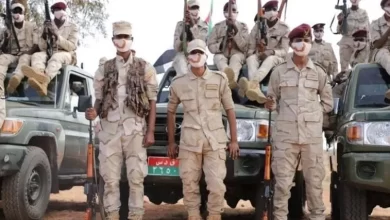Horn of Africa: Six Hundred Thousand Children Affected by Devastating Floods

Devastating floods and landslides have affected about 600,000 children across Kenya, Somalia and Ethiopia so far this year, with the number potentially climbing to as high as 1.5 million by the end of the rains, according to Save the Children analysis.
The torrential rains, which come after years of drought and have been attributed to both human-induced climate change and the tail end of the naturally occurring El Niño weather pattern, have displaced over 420,000 people with at least 330 killed due to unusually heavy flooding in all three countries.
This has left people facing an increasing risk of hunger and led to a spike in cases of waterborne diseases such as cholera which hit children hardest. Almost 27,000 cases of cholera have been recorded across Kenya, Somalia and Ethiopia this year, with almost 60% of cases in Somalia among children under five.
The rains are the latest in a series of extreme weather events to hit East Africa. In November, devastating floods led to the deaths of at least 350 people and displaced over 2.3 million. Those floods followed the region’s worst drought in 40 years due to five failed rainy seasons.
In Kenya, unrelenting rainfall across much of the country since March has led to flash flooding which has so far killed at least 315 people, including 73 children and displaced over 290,000 people. Flooding forced the closure of schools and has damaged and destroyed roads, farms, bridges, schools and health facilities.[5] Refugees living the Dadaab camps have been displaced once again.
In Somalia, heavy rains and flash floods have affected 226,000 people, two thirds of them children. Almost 39,000 people have been displaced, while thousands of families have lost their livelihoods. Cases and deaths of acute watery diarrhoea and cholera continue to rise. [6]
Across Ethiopia, heavy rains and floods since early April have affected 590,000 people and has caused significant damage to homes, infrastructure and farms, exacerbating the impact of the conflict, drought and ongoing cholera outbreak.[7]
Save the Children has worked in the Horn of Africa for over 70 years and is a national and international leader in humanitarian and development programming in health, nutrition, water hygiene and sanitation, education, child protection and child rights governance. In 2023, Save the Children reached 12.5 million people in Ethiopia, Kenya and Somalia, including more than 6.9 million children.
In the Horn of Africa and across the world, Save the Children is working with governments to find ways to increase funding for climate policies and actions that protect children’s rights. Save the Children is implementing climate programmes in over 50 countries worldwide and delivering direct climate action – from working with communities to adapt to climate changes impacting them now, to forecasting future emergencies and strengthening communities’ ability to anticipate, adapt, prepare, respond, and recover.
Save the Children hopes that the “expert dialogue” on children and climate change at the United Nations Framework Convention on Climate Change (UNFCCC) Bonn Intersessional next week will lead to a shared, evidence-based understanding of the unique and disproportionate impacts of climate change on children.



